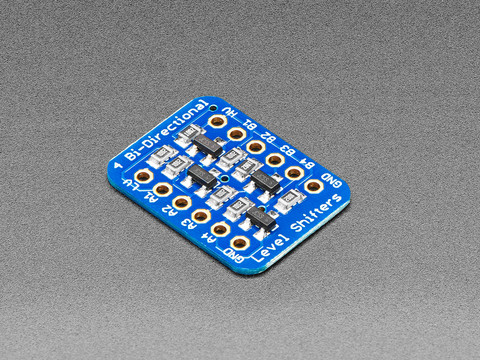Yeah I need to move everything around on my diagram, thats what I was thinking and you said 1k, right?Interesting, what do you get for 2% ?
Regarding the safety, I was talking about the blue wire going from capacitor to the jack in the fritzing diagram. Well, to add safety is a bit tricky in fritzing, due to the limitation in placement. Personally, I would simply solder a 1k resistor into the blue wire, but that's not quite good enough for a guide I believe
Here's something one could do on the board although it would eat up even more space:

1% - .152
2% - .232
7%(turn on) -.697






















